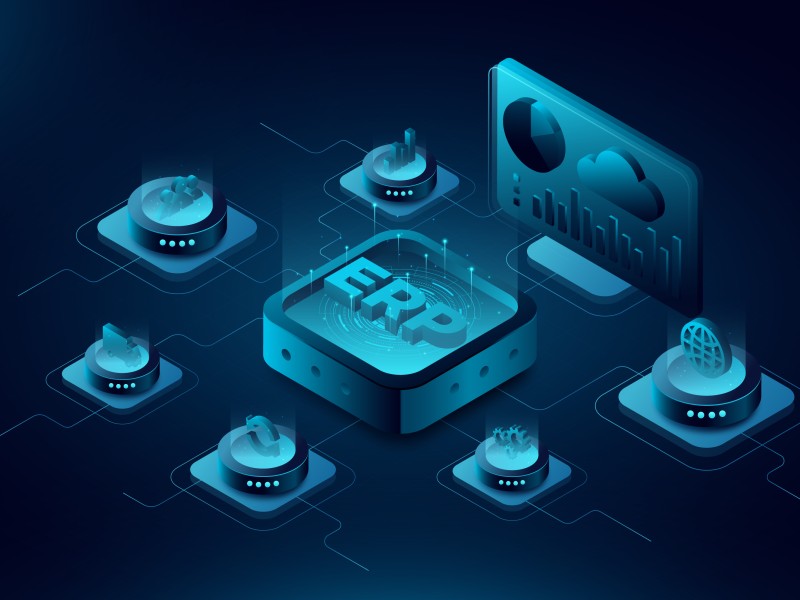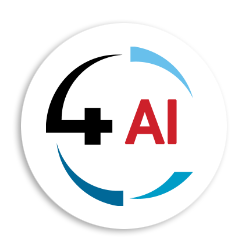Blog - Information Technologies
The Five Pillars of a Successful ERP Implementation
1. Proper planning and strategy
2. Strong Project Management and adoption and change management
3. Engagement and clear communication between stakeholders
4. Data migration and integration
5. Continuous testing and quality assurance

Proper planning and strategy
In terms of the ERP rollout, the end goal is not always well articulated and understood fully, even by the customers themselves. It is therefore important to closely collaborate on this and create a detailed implementation plan that outlines the scope, the timeline as well as the budget of the project. This plan becomes the blueprint that is then provided to the customer, making it easier to keep track, stick to the targeted elements and communicate around these. If not taken seriously, the absence of such a plan can lead to what is referred to as scope creep, where changes are made or work is done that was not originally planned for, resulting in everything getting pushed out and expectations not being met. In this planning phase, key stakeholders need to be involved from the start, even though each stakeholder may have a different extent of involvement throughout the duration of the project.
Understanding the business requirements is an imperative, before doing a scoping session with the customer. This means that you are then compiling costing for the project, not based on assumptions but rather on what has been communicated by the business, leading to budgets actually lining up with the business requirements.
Strong Project Management and adoption and change management
Having a strong and experienced project management and adoption and change management team on an ERP project should not be underestimated. They are vital to keeping the ERP implementation on track and successful – in the agreed timelines and within budget. Ensuring tasks are assigned for the right reasons, to the right people, so that any risks and issues are addressed early and that they get to a point of closure. Typically, regular status updates should be provided by the team through weekly and bi-weekly progress meetings, steerco meetings. The project is then kept in a healthy state as the issues are raised, roadblocks highlighted and subsequently addressed.
It is beneficial to have a Project Manager included that really knows the product being implemented and also understands the implementation of such a solution themselves. It can be a further advantage for the customer to have a project manager as well, driving from their side aligned to the agreed project to stick to the goals set and ensuring accountability for all concerned. Adoption and change management (ACM) becomes relevant should you have users that have worked on one system their whole lives. The ACM team does well to manage resistance, identifying the resistors at the customer and making sure everyone is comfortable with the new system, so that it is adopted and properly utilised. They ensure people are onboard at all levels withing the organisation and also buy into the chosen ERP solution being implemented.
Engagement and clear communication between stakeholders
A good relationship between the partner and customer plays a vital role, as well as having an open channel of communication. Constant engagement is essential. Covid certainly had a negative impact on the face-to-face interactions that would normally have taken place on an ERP project. Since Covid, some of the technologies and channels used to facilitate remote meetings and communications have remained for all to use. And although there is a place for them as productivity tools, they are often a ‘go to’, instead of meeting in person. There should be regular, face-to-face engagements in order to drive better results overall, especially necessary when dealing with any potential issues in order to manage expectations. These will foster a positive outcome and build a good relationship, saying to the customer, ‘We are here in a partnership, we are in this for the long haul.’ Create the positive environment and appreciate the real value of regular customer connections.
Data migration and integration
A clear data migration strategy is needed. There are a few steps that need to be followed:
- Analyse the source data and compare to the new destination, determining what needs to be done to get the data in an importable format. Having a training session helps, taking everyone through the templates to pick up shortcomings or missing data.
- Test the upload of the data
- Do data integrity checks and amend where necessary
- Before go live, perform a final data upload
- Sign off
Allocate enough time for overall testing, taking the master data three to four months before to then upload. This is important to ultimately warrant the data is accurate and complete and that you are in a position to sign off.
If managing integrations to other systems, understand the target system where the ERP will integrate to. There are more often than not, specialised systems that manage certain areas, where the finance system is seen more as a data repository but transactions are happening in the source systems. As a result, take the time to understand the requirements and particularly the integration points, methods and tools. In our experience in the SMC space, around 50% of the ERP implementations have integrations to external systems. These integrations are managed through APIs or in our case, the 4integrate platform.
Continuous testing and quality assurance
Ensure rigorous testing and quality assurance, to maximise success. Customers need to try out the system, so we encourage their direct participation in UAT – User Acceptance Testing, testing the solution, running though from A to Z and getting comfortable that the outputs are as they expected. In doing so, risks and potential issues can be surfaced and rectified. There are a few areas of testing - functional, in terms of business requirements; performance testing, which is often difficult to simulate and safeguard that the system is still responsive; securities – proving that the correct rights are assigned to users to avoid vulnerabilities.
Being cognisant of these important areas of consideration when implementing an ERP solution, will assist in it being effectively delivered and adopted. Customers can then look forward to improved operational efficiencies and visibilities, for better decision making and enhanced competitiveness.
With our methodical five-pillar approach and numerous years of experience in implementing ERP solutions, 4Sight can help you successfully achieve this. Contact us, your trusted ERP Partner at This email address is being protected from spambots. You need JavaScript enabled to view it.


